To provide the best experiences, we use technologies like cookies to store and/or access device information. Consenting to these technologies will allow us to process data such as browsing behaviour or unique IDs on this site. Not consenting or withdrawing consent, may adversely affect certain features and functions.
The technical storage or access is strictly necessary for the legitimate purpose of enabling the use of a specific service explicitly requested by the subscriber or user, or for the sole purpose of carrying out the transmission of a communication over an electronic communications network.
The technical storage or access is necessary for the legitimate purpose of storing preferences that are not requested by the subscriber or user.
The technical storage or access that is used exclusively for statistical purposes.
The technical storage or access that is used exclusively for anonymous statistical purposes. Without a subpoena, voluntary compliance on the part of your Internet Service Provider, or additional records from a third party, information stored or retrieved for this purpose alone cannot usually be used to identify you.
The technical storage or access is required to create user profiles to send advertising, or to track the user on a website or across several websites for similar marketing purposes.
 A major new report from Fairwork, a research network backed by the University of Oxford and WZB Berlin that researches the online gig economy, suggests that most of the world’s leading online work platforms are failing to uphold even the most basic labour standards. The Fairwork Cloudwork Ratings 2025 assess 16 of the world’s most widely used online work platforms on five core principles: fair pay, conditions, contracts, management, and representation. (more…)
A major new report from Fairwork, a research network backed by the University of Oxford and WZB Berlin that researches the online gig economy, suggests that most of the world’s leading online work platforms are failing to uphold even the most basic labour standards. The Fairwork Cloudwork Ratings 2025 assess 16 of the world’s most widely used online work platforms on five core principles: fair pay, conditions, contracts, management, and representation. (more…)

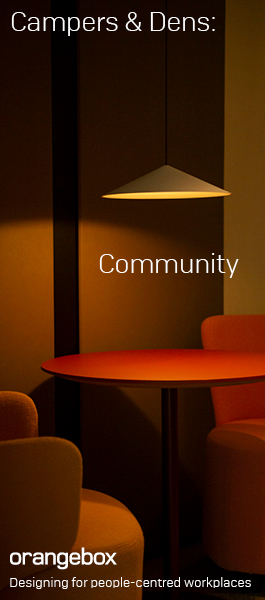








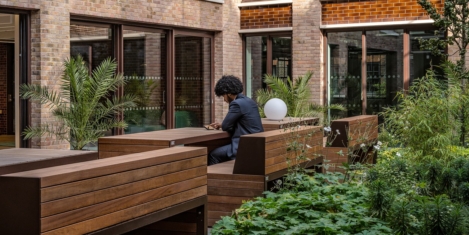
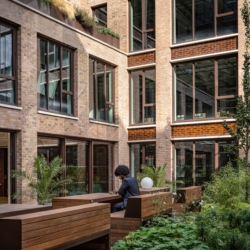




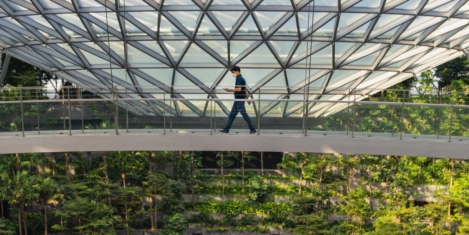
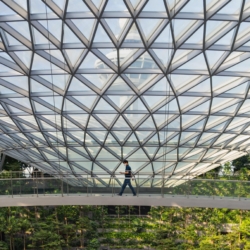









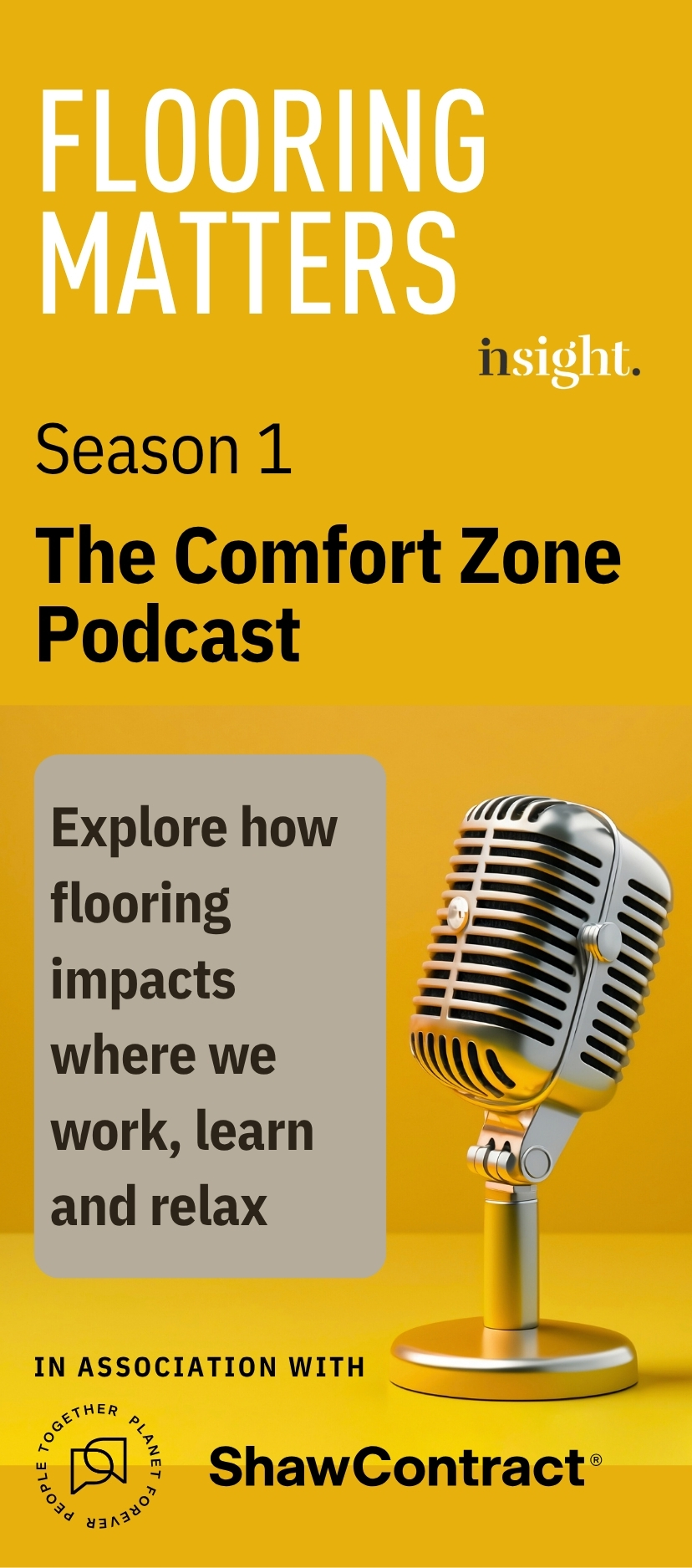
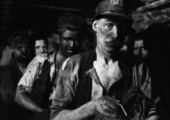






May 9, 2025
Ping pong, perks, pizza and beanbags won’t get you a better workplace culture
by Daniel Snell • Comment, Flexible working, Wellbeing, Workplace, Workplace design